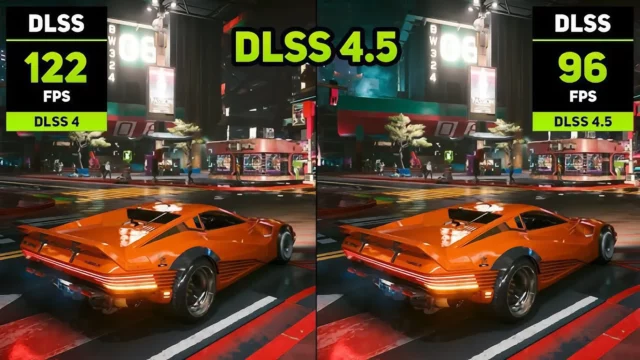Chinese AI company DeepSeek announced that it spent a surprisingly low $294,000 to train its cutting-edge R1 model. This figure pales in comparison to costs that OpenAI CEO Sam Altman has stated are “well over $100 million” for similar models.
DeepSeek Achieves Great Success with Limited Chips
DeepSeek’s success stems from its use of Nvidia H800 processors, developed after US export restrictions imposed on China. The company completed the R1 model after an 80-hour training period using a cluster of 512 H800 chips.

This highlights DeepSeek’s efficient use of its resources, despite limited access to the more powerful H100 and A100 chips used by US competitors.
Controversy and Technology Wars
DeepSeek’s low-cost claims have been met with skepticism from US authorities and companies. US officials speaking to Reuters alleged that DeepSeek had illegally obtained H100 chips. However, Nvidia maintained that DeepSeek was using legally purchased H800 chips.
The company, in an article published in the journal Nature, added to the controversy by admitting for the first time that it used A100 processors for small-scale experiments. This disclosure reinforced claims that one of the reasons DeepSeek attracts China’s top talent is that it is one of the few companies in the country with an A100 supercomputer cluster.
Focus on the Future: Next-Generation AI Tool on the Way
DeepSeek continues to attract attention with its next-generation AI tool, which it plans to launch by the end of 2025. The Hangzhou-based company aims to develop a system that can perform complex, multi-step tasks with minimal user input and improve its performance over time.
DeepSeek’s remarkable success with limited resources further demonstrates China’s potential and creativity in AI. As the industry continues to be shaped by cost wars and technological constraints, moves by players like DeepSeek could change the course of global competition.













